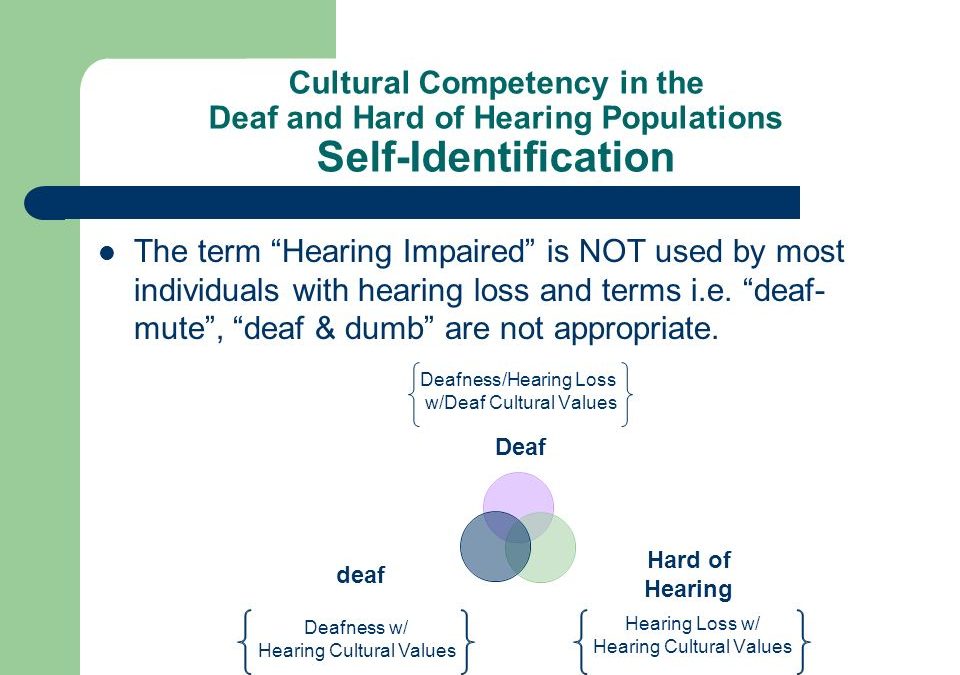Cultural mediation is a concept developed to help deaf people experiencing communication problems within their work communities. Cultural mediation involves cultural experts facilitating conversation and learning between the deaf or hard-of-hearing and hearing communities. These discussions work to build an environment that encourages a dialogue between the two groups. The goal is to foster better understanding between the two through careful communication to build trust and respect. Cultural mediators also help participants understand and appreciate a new language or culture, especially where a lack of consistent verbal communication restricts this.
Cultural mediation is a process of interaction that builds a bridge, rather than a divide, between two (or more) sides of a relationship. Cultural mediation assumes that all people have unique and valuable cultural values and experiences. If those qualities and ideas are appreciated and respected by others, a healthy relationship built on mutual respect can form between people from all backgrounds. Cultural mediation can occur in an office setting or group setting. It has been successful for all types of relationships.
In an instance of a deaf or hard-of-hearing person, cultural mediators help the person who uses ASL to communicate to connect with a person who uses English to communicate. Cultural mediation can help to overcome communication barriers that can affect the ability to engage in meaningful interactions. For example, a cultural mediator can make messages clear if there are specific requests to communicate. In addition, cultural mediators are skilled at getting two people on the same page, which is especially important if the issues at hand are at work.
Cultural mediation techniques can also be helpful when one party feels as though they are being talked down to or judged based on their culture. These issues may arise in areas such as language or behaviors. To provide a positive mediation experience, it is essential that the person with the deaf person can participate in the mediation. If a person cannot participate in cultural mediation, the relationship is less likely to thrive. The difference between the deaf and the hearing is a language difference, not a status inequality.
Some examples of cultural misunderstandings that can take place between the two parties are:
- Lack of eye contact can be regarded as rude in the deaf community and would be the equivalent of plugging your ears when someone is speaking to you.
- Looking at the interpreter/mediator instead of the deaf individual can cause feelings of exclusion.
- A deaf individual who stomps the ground or turns off and on lights to get someone’s attention may be considered inappropriate in the workplace when it is very acceptable and common practice in the Deaf community.
Mediation can allow for a safer work environment and more job satisfaction for all parties. When a conflict or concern arises between employees of varying cultures or companies, mediation can help eliminate the dispute and focus on a communal business goal. The goal of cultural mediation is to create a sense of unity and understanding between all parties so that everyone can serve on the team and work towards a common goal. As a result, a business is more likely to create a positive workplace culture that will benefit everyone.



Recent Comments